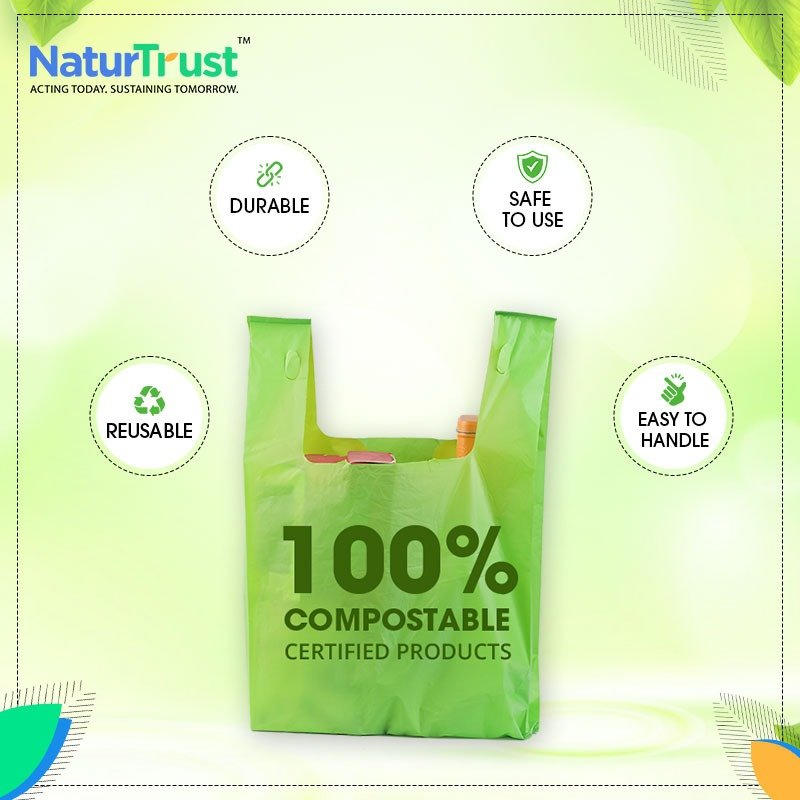Using Compostable Mailers Instead Of Plastic Packaging Material
Increased consumerism has led to increased production of waste. Wastes in the form of large quantities of synthetic polymers or plastics end up in landfills and oceans, causing immense harm to the environment.
Nowadays, firms
are trying to address the problem of waste by investing in research to find
alternatives to pollution-causing plastics.
One step toward preserving environmental sustainability is the
production of compostable mailers.
The manufacture of compostable, biobased plastics in the hope that natural
degradation will quell at least some of the waste.
Constituents of compostable mailers
Compostable mailers are made with a combination of fossil-fuel-based
PBAT and corn-based PLA bioplastic. Created to fight the increasing plastic
problem around the world, PBAT is a good alternative to plastic.
The polymer PBAT
breaks down completely when composted commercially or at home, leaving no
residue behind. Furthermore, its
decomposition does not lead to the emission of methane or any other toxic gas.
A compostable mailer generally constitutes
70 - 85% PBAT and 15 - 30% PLA. Hence use of compostable mailers made from PBAT and corn-based PLA leaves small
carbon footprints in the environment.
Use of PBAT in the packaging industry
E-Commerce has significantly increased online buying, leading to the movement of large volumes of packages wrapped in packaging material to keep them secure. Polythene films and bags worked as good packaging material as they protected the product through inclement weather, bad transit conditions, mishandling and other such misadventures that the brought product encounters through its journey from source to destination. This resulted in the creation of a large amount of plastic waste, most of which ended up in landfills.
By switching to
compostable packaging solutions, the industry can significantly reduce plastic
pollution. PBAT can be produced at a large scale and has the requisite physical
properties to make flexible films like those made from conventional plastics.
Packaging
involves printing inks and adhesives that, even if certified compostable, bring
toxins and chemicals into compost. Bioplastic packaging offers no nutrients to
compost and instead makes the output wetter, more difficult to manage and more
difficult to sell, which in turn makes these operations harder and less
economically-viable to run.
Key takeaways
The salient
features of compostable mailers far
outweigh the negatives. Compostable mailers
●
are sturdy,
strong and durable
●
are of various
sizes and colours,
●
are
water-resistant
●
are fully
compostable
●
reduce carbon
footprints
●
do not emit toxic
gases during composting
●
tested and
certified by composting authoritative bodies
Compostable mailers provide a modern, alternative solution to the
problem of plastic waste. These innovative compostable mailers benefit not only
the businesses and consumers but also the environment. If you wish to go green
by embracing sustainable living, start buying products that are compostable or
biodegradable at NaturTrust.



Comments
Post a Comment